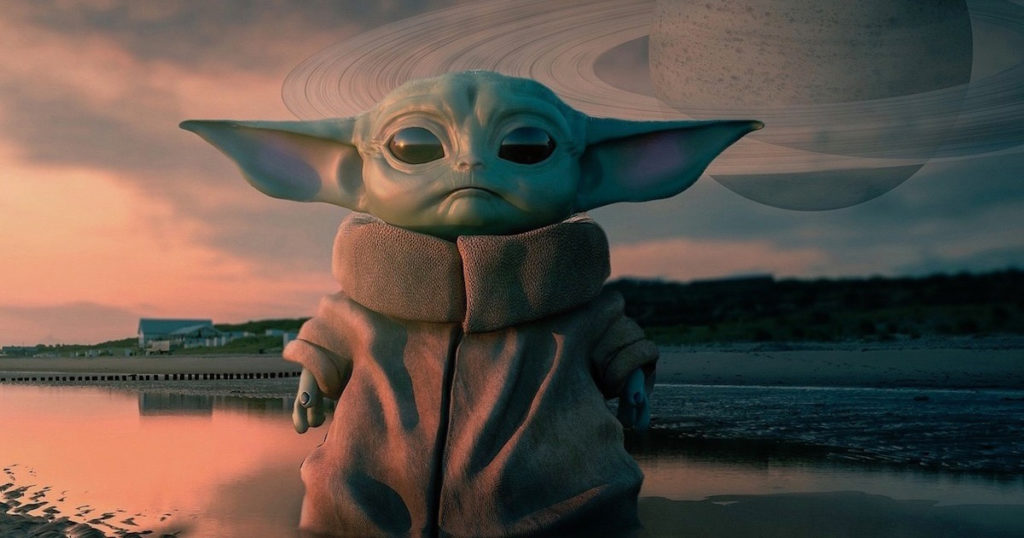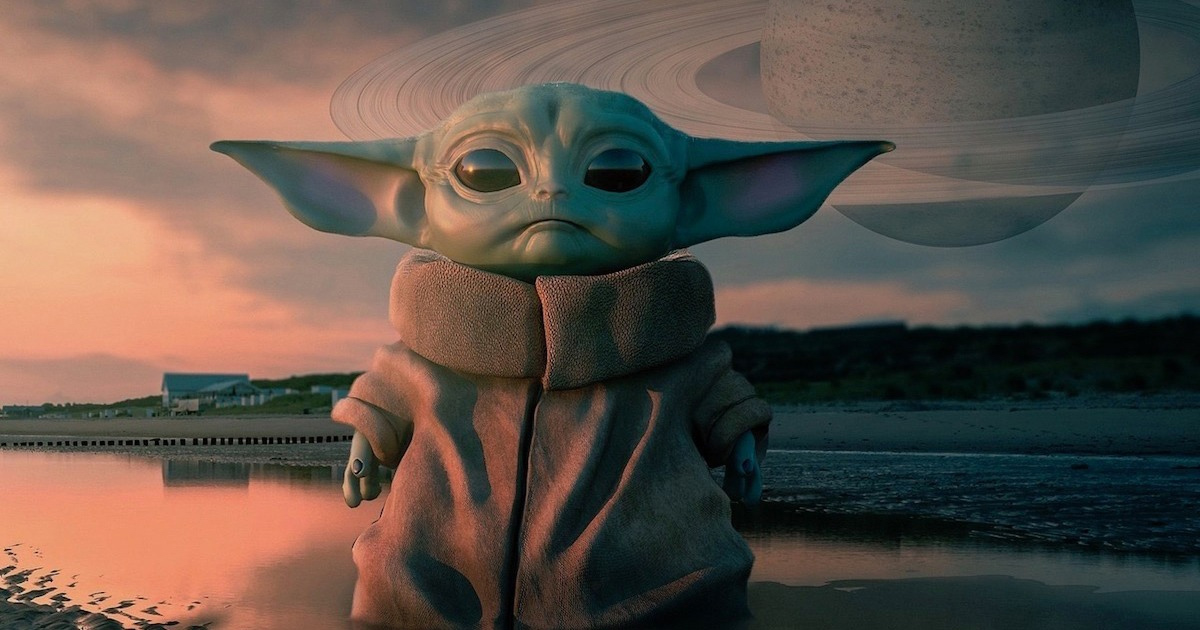 Evolution
Evolution
 Human Origins
Human Origins
Science Says: Evolution Explains the Appeal of Baby Yoda


The Wall Street Journal’s weekend edition has many more opinion and “think” pieces and other soft news than the weekday version. In the mix, they almost never fail to include an article praising evolution. This is so consistent that I wonder if it’s a deliberate editorial policy. Sure enough: in last Saturday’s paper, Alison Gopnik exclaims, “Humans Evolved to Love Baby Yoda.”
Well, evolution explains everything, so why wouldn’t it explain why TV viewers are going gaga for the munchkin-like character in The Mandalorian series. Primed as you are by years of having read similar articles by science writers, no doubt you are getting ready for an exercise in evolutionary storytelling. There will be a clever reference to pop culture, a citation of an article from a science journal and other research (aka “studies show”), and a fine story that you could make up yourself given a moment’s notice, one that points to our ancient past. It will be a story, however, with no obvious advantage over other tales that could be spun around a hypothesis of intelligent design.
What Do These Have in Common?
As a guess, it’s going to have something to do with the configuration of the face and the size of the eyes that triggers a “baby” response, whether in an actual baby or in Baby Yoda. I could speculate that these same characteristics trigger a “hug me” response with humans when observed in animals. Thus, an elephant or a whale, with their big innocent eyes, seem cute and huggable. Our year-old puppy has big eyes and I instinctively address him as “baby.” But a giant squid, also with big eyes but the wrong kind of face, triggers no nurturing feelings in us.
If that was your guess too, you’re already thinking like a real scientist!
Back to Ms. Gopnik. She writes, “Why do the Mandalorian and the whole internet love Baby Yoda so much? The answer may tell us something profound about human evolution.” Profound? Here comes the citation of a recent scientific paper.
In a new paper forthcoming in the Philosophical Transactions of the Royal Society, Dr. Hrdy and Judith Burkart argue that this led to the evolution of special social adaptations in human babies, since they have to actively persuade all those facultative caregivers to love them. Studies show that babies have physical features that automatically attract care — those adorable, “awww”-inducing big eyes and heads and fat cheeks and little noses, all of which are exaggerated in Baby Yoda. Drs. Hrdy and Burkart think that fat cheeks may be particularly important: A baby’s plumpness may be a signal that it’s especially worth investing in. [Emphasis added.]
Right, it’s the configuration of the face. But there’s more, as “studies show.”
Studies show that human infants already understand and react to the emotions and desires of others. Drs. Hrdy and Burkart argue that these very early abilities for social cooperation and emotional intelligence evolved to help attract caregivers.
Here’s the Problem
We learn that babies evolved to attract care, and adults, who are only grown-up babies, evolved to respond to them: “So there was a kind of benign evolutionary circle.”
The problem is that you could just as easily say that babies were designed to attract care, as adults were designed to care for them. You would have no babies and no adults if that were not the case. That elephants, whales, puppies, and other animals produce a similar response in us is a generous bonus thrown in by the designer to make our experience of life richer, and as a stimulus for the plush toy industry. This is no less plausible than the “benign evolutionary circle” story. If a scientific theory can’t do better than a spontaneous guess by a casual newspaper reader, “profound” is the wrong word for it.
